Dear veteran viewers of ancient Chinese costume dramas, I'm sure that for everyone, the plot of the hanfu beauty, palace plot, power rivalry, wrongly paid life, and so on has long been known. However, I wonder if you have caught the details to keep up with the fashion trends of traditional accessories throughout the dynasties?
For example, what kind of ornaments did Empress Cao put on her face?
Another example is that the "tip set" worn on Ru Yi's fingers was for decoration or for something else?
And, did the yellow and red powder applied to Mulan's face before the blind date actually exist in history?
Also, will this level of hair volume be standard per person?
The story of jewelry is long and wide, fine and splendid. We might as well put together a "Top 10 List of Ancient Traditional Accessories Trends" for all the major categories of accessories, based on their length of popularity, usage, and popularity, etc.
Since history is too voluminous to be told in one article, this list temporarily selects the mainstream accessories.
No.10 Hu Zhi - Nail Guards
Hu Zhi (护指), also know as Nail Guards, is the Qing Dynasty drama, the aristocratic women standard with a long finger "tip set". Nail Guards is not popular for a long time, covering a relatively limited number of people, but it is chic.
In order to pursue beauty in all directions, women would grow their fingernails long. This custom was first seen thousand years ago and flourished in the Ming and Qing dynasties.
Although the fashion was originally reserved for aristocratic women to show off their status of not having to work and being pampered, in the Qing Dynasty, most women liked to keep their nails long, even the slave girls and maids.
Long nails were not an easy task, and too long nails were always at risk of being broken in life, so in order to protect long nails, nail guards were created.
The material used to make nail guards was bamboo at first, but later gold, silver, and precious stones were preferred. Many nail guards from the Qing Dynasty have been passed down to this day, and Empress Dowager Cixi was a representative figure in the pursuit of this fashion. Before she went to bed each night, she would soak her long nails in hot water, then have her servants trim and straighten them, and finally apply a nail care liquid.
The fashion of nail guards, in addition to women's own preferences, but also behind the obvious male aesthetic interests.
No.9 Cha Shu - Comb
Cha Shu (插梳), is a comb inserted on the head. It has been popular for a longer period of time than nail guards, has a wide range of popularity, and has some practicality, but it is not a fashion item that has been used throughout several dynasties of history.
From the current archaeological results, the Neolithic era has been inserted into the hair of stone comb. However, later from the Spring and Autumn and the Warring States to the Qin and Han dynasties, ladies do not seem to have this hobby. After the Wei and Jin dynasties, especially in the Tang Dynasty, inserting combs became popular again as a popular aesthetic.
As an ornamental comb in the process of refinement, it also has a good partner - "Bi (篦)". They are collectively called Shu Bi (梳篦). Shu's teeth thick and sparse, Bi's teeth thin and dense, the two were often inserted into the hair at the same time.
The Tang dynasty comb was made of gold, silver, jade, rhinoceros horn, and white horn, and was mainly trapezoidal in shape. Women would insert a comb horizontally in front of a high bun, with the back beam exposed; some inserted several small Shu Bi at the same time, as depicted in "Court Ladies Preparing Newly Woven Silk".
After the Middle Tang Dynasty, it was also popular to insert two huge combs on the head with the teeth facing each other.
By the Song Dynasty, the comb was mostly half-moon shaped, and women had become obsessed with the comb. Some women like to insert several large white combs in the hair crown above, but this fashion is incompatible with life, because the size of the comb is very large, long, women in a sedan chair and walking are very inconvenient.
Since such a large comb as a hair ornament, then here is also to explain the ancient women's hair volume problem. In fact, not everyone has such a sufficient amount of hair, there is a kind of hair accessories called " fake bun ", that is, the wig can be mixed with real hair, can also be directly into the bracket inside, made into a fixed shape to wear on the head.
After Yuan, Cha Shu as a fashion has gradually become a historical past, the Ming and Qing dynasties are forgotten by the world.
No.8 E Huang and Xie Hong
Although the form is makeup, but E Huang (额黄, forehead yellow) and Xie Hong (斜红, slanting red) as a kind of ancient women's facial decoration, represents the aesthetic interest of countless beauty girls. In the movie "Mulan", Liu Yifei's forehead is coated with yellow.
In terms of hanfu makeup steps, the complete facial makeup of ancient women can generally be divided into 7 steps: apply lead powder, smear rouge, draw eyebrows, dye the forehead yellow (or paste Hua Dian, 花钿), point Mian Yan (面靥), describe the Xie Hong, and apply lipstick.
What is the aesthetic orientation of painting the forehead with yellow? The answer is related to the introduction of Buddhism. The practice of painting the forehead yellow originated from the North and South Dynasties, when the land of China was at the height of Buddhism, the tall Buddha statue carried the worship of thousands of good men and women. The women kneeled and worshipped the golden Buddha statue day after day, and also turned this faith in their hearts into makeup by applying yellow powder on their foreheads, called "Buddha makeup".
There are two ways to decorate the forehead yellow, one is to apply, the other is to paste. The former is to paint the whole forehead yellow with dye; the latter is to paint only half of it, and then transition with water to form a halo effect.
The paste method is more convenient, usually ready-made yellow flakes are glued to the face. Sometimes can also be transformed into a floral style, so this forehead yellow also called "Hua Huang (花黄)". is also a kind of Hua Dian.
So, what is slanting red? Thousands of years ago there was fashionable makeup, said "Xiaoxia makeup (晓霞妆)". Slanting red is "Xiaoxia makeup" of the core face ornaments, began in the Three Kingdoms period, when applying makeup women will draw a vertical red crescent-shaped curved line in front of the two hair or both temples.
It is said that during the Three Kingdoms, a new court maid named Xue Yelai was added to the palace of Cao Pi, the Emperor of Wei. One night, when Cao Pi was sitting on a screen made of crystal reading a book, Xue Yilai came to visit, but accidentally hit her head against the screen and bled. Cao Pi was so distraught that he immediately called the royal doctor to treat her. After Xue Yailai was healed, she was left with scars on both sides of her temples, but Cao Pi didn't treat her coldly, instead, he took extra pity on her.
In this way, the palace maids scrambled to follow her example, with rouge painted crescent-shaped scars style, "Xiaoxia makeup" gradually become a fashion trend. It is easy to see that the reason for the popularity of slanting red, and the entire ancient feudal society's value orientation, the state of women's survival, etc. dovetail.
No.7 Earrings
Most of the popular jewelry in ancient times started from the nobility, while earrings started from the common people. The more primitive earrings were jade penannular pieces, which were generally worn in one ear. And the rise of earrings, on the other hand, originated from the custom of ear piercing.
Mothers and other elders in the family would pierce the ears of young girls by grinding the earlobes with rice grains to numb their senses, then piercing them with needles and passing grass or thin ropes through them, eventually forming the ear holes. Throughout the process, the elders would constantly "teach" the girl to be a woman who would obey the rituals and rules. Wearing earrings that depended on the ear piercing was called "Er Dang (耳珰)".
Although almost all jewelry was popular during the Tang Dynasty, earrings were the only thing that went unnoticed. Perhaps because of the open-mindedness and freedom from feudal rituals, women abolished the practice of piercing their ears.
In the Song and Ming dynasties, earrings became popular again, from the nobility to the common people. The earrings of the Song Dynasty were both simple and complicated, the complicated ones could be made of gold pieces with complex patterns embossed on them, and the ear-piercing gold wires were also made into special shapes; the simple ones were only made of copper wire bent into a circle.
The earrings of the Ming Dynasty were light and compact, and the "gourd earrings" were the "hot item" of the time. This kind of earring is usually made of a 3mm thick gold wire bent into a hook shape, and then two small and large jade beads are threaded on one end of the wire, and the two beads are covered with gold round caps. Of course, raw materials such as rubies, emeralds, and pearls were also often used to make delicate earrings to show off their prestige. The earrings of the Qing Dynasty were also basically inherited from the Ming Dynasty.
No.6 Mian Yan, Hua Dian and Dian Chun
This is actually the finishing touch to women's makeup, which started in Han, flourished in Tang, and continued in later generations.
Mian Yan (面靥) is also known as "Zhuang Yan (妆靥)", which is more commonly known as a small dot on two dimples. This facial decoration began in the palace, when a consort is on her menstrual period, she would paint two dots on both sides of her face.
Later, Mian Yan spread to the people and became a kind of makeup. Like the forehead yellow, there are two ways to paint it: one is to use rouge dots, and the other is to paste various shapes of flakes. After the Tang Dynasty, the types of Mian Yan were more diverse, coins, apricots and peaches, all kinds of flowers can become makeup, the location of the pattern is not all in the corners of the mouth at the dimples, some will be decorated on both sides of the nose.
After the Five Dynasties, although the clothing system tends to be conservative, the popularity of the Mian Yan has become increasingly popular, and even some of the more "avant-garde" women will be floral patterns pasted all over the face.
Hua Dian (花钿) was also a very popular makeup for women in the Tang Dynasty, usually decorated between the eyebrows in the shape of simple dots, while complex ones included flowers made of gold foil and other materials, among which plum blossoms were especially beautiful. The Song Dynasty was also popular for various types of Hua Dian made of pearls, which were commonly seen in the portraits of several Song Dynasty empresses. How to paste the Huadian? Gum. According to rumors, the gum made from the fish bladder is the most viscous, so it is easy to put Hua Dian on.
Mirroring Mian Yan and Hua Dian is the Dian Chun (点唇). Its main raw material is cinnabar. From the Han Dynasty onward, the aesthetic orientation of women's lips has been different in each dynasty, but the principle of petite as beauty has remained constant.
No.5 Tou Jin - Headscarf
Like earrings, the fashion of Tou Jin (头巾, headscarf) also started from the common people, and from the end of the Han Dynasty, many styles were developed, combining decoration and practicality.
In the Eastern Han Dynasty, headscarves became popular among the nobility. In the Wei and Jin dynasties, a kind of headscarf with angles became popular, called "Jiao Jin (角巾)".
Women in the Tang Dynasty also liked to wrap their headscarves, but in a unique way. They usually wrapped it around the top of their heads and only wrapped it around their high buns, leaving their frontal hair and sideburns exposed.
Women in the Tang Dynasty also wore "Futou (幞头)", which was originally a male ornament. In the later Song and Yuan dynasties, the fashion of wearing headscarves persisted, especially among the commoner women, and the specific ways of tying them also varied.
The popular custom of wrapping the head in the Ming and Qing dynasties can also be regarded as a kind of headscarf. At that time, "Lezi (勒子)" is popular, as a headband, they are some thicker brocade cut into a triangular shape, tightly wrapped in the forehead; some will be woven with the process of salo narrow scarf false cover in the forehead; some in the ribbon embellished with a pearl, the belt tied to the head and the pearl naturally hanging between the eyebrows.
In winter, rich people will also use mink, otter, and other animal furs system headband, that is, warm and show taste, commonly known as "Wo Tuer (卧兔儿)".
No.4 Zan Hua - Flowers hairpin and Sheng
The dressing with flowers as hair ornaments appeared in the Han Dynasty. Since then, the fashion of using flowers as hairpins for all seasons has become more and more popular, and the common styles include peony, dogwood, plum, chrysanthemum, apricot, pomegranate, jasmine, and pear. The images of women wearing flowers are found in paintings from all dynasties.
However, the life span of flowers as ornaments was too short, and the price of flowers in the market was once high due to the prevalence of flower hairpins. As a result, a substitute for fake flowers emerged, and once it was introduced, it became very popular.
The material used to make fake flowers is mainly Luo silk. Some people have represented the four seasons of the peach, lotus, chrysanthemum, plum all woven into a crown of flowers, is the "four seasons flowers". With the progress of craftsmanship, the flowers hairpin in the Ming and Qing dynasties became more and more realistic.
No.3 String ornaments and necklaces
Since the Neolithic period, string ornaments have been a kind of accessory, which were made of shells and snails in the early days. Later, animal bones, pottery, gold, silver, jade, crystal, amethyst, agate, amber, glaze, coral, turquoise, and other materials were made into beads and strung into various styles.
Two of the more unique string ornaments are worth mentioning - the rosary beads and the pilgrim beads. The rosary is a product of Buddhist influence, mainly used to count the number of recitations of sutras and mantras, often made of fragrant wood or precious stones. In the days when Buddhism was prevalent, wearing a rosary around the neck was a fashionable attire and very popular among women.
Following in the footsteps of the rosary beads, the pilgrim beads appeared in the Qing Dynasty. The shape of the bead is more complex than the rosary, coral, crystal, beeswax, agate, jade, and other common raw materials, and the number is strictly limited, must be composed of 108 beads, of which there must be 4 large beads.
As a kind of string ornaments, necklaces were also quite common in ancient women's jewelry. Because of the clasp process, it came later than the string jewelry, but similar jewelry existed in the Neolithic era. However, there were not many necklaces passed down at that time because the noble women of the Ming and Qing dynasties were good at wearing rosary beads and pilgrim beads.
In addition, there is the famous children's jewelry - "Chang Ming Suo (长命锁, long-life lock)", usually made of gold and silver, and most of them are engraved with blessings such as "long life and prosperity". This object is actually a product of the underdeveloped production level of society, because parents are afraid of the early death of their children, only with this object to pray for good luck, but afterward to some kind of reverence for the good customs and passed on to future generations.
When it comes to Chang Ming Suo, it is impossible not to mention the "Yin Luo (璎珞)". It was originally a Buddhist statue decoration, and later entered the daily life of people. The necklace is usually paired with a long-life lock, the upper part of which is usually a metal collar, the collar is surrounded by many precious stones and beads; sometimes in the part of the body near the chest, there are also similar to the lock piece of the ornament.
No.2 Rings and Bracelets
Rings, the favorite jewelry of ancient Chinese women, originated in the Stone Age and covered almost all dynasties and all classes of women.
Similar to the string ornaments, the ring's raw materials are quite rich, before and after including bone, stone, copper, iron, gold, silver and a variety of precious stones. Early rings were mostly ring-shaped, after the Eastern Han Dynasty, the shape of a more obvious change, gemstones as the finishing touch, was embedded in the ring, and later rings are increasingly designed around this style of fancy.
In addition, there are also rings decorated with animal figures and rings made in the form of seals.
The ring has more than just a long history and a wide variety of styles. As a testament to love, it has been a spark for millennia. Rings have been used as tokens of love since the Eastern Han Dynasty. During the Six Dynasties (222 - 589), rings were already used as a betrothal gift. Later, the ring became more and more widely used as the object of love between men and women, and became a general rule throughout the millennia, and still is today.
Bracelets were first seen in the Neolithic period, and later on they were designed in various materials and styles as they evolved, especially in the Sui, Tang, and Five Dynasties periods.
Bi Chuan (臂钏) is a piece of jewelry that combines several bracelets together. Initially, Bi Chuan was actually worn on the arm, which was related to the customs of ethnic minorities. By the Sui and Tang dynasties, its wearing position moved down and eventually fell to the wrist.
No.1 Zan Zi and Bu Yao
The top of the whole ancient jewelry trend is the Zan Zi (hairpin, 簪子) and the Bu Yao (步摇)! They and the ring are the jewelry that covered almost every ancient Chinese woman, but they are more practical and ornamental, both playing the music of beautiful classical jewelry and describing the simple life of ordinary women.
It was also in the Neolithic era that the predecessor of the hairpin, the "Ji (笄)", was put into use. Into the feudal society, the woman inserted Ji is considered a sign of adulthood, from the Zhou Dynasty "Ji Li (笄礼, coming-of-age ceremony for women)" is undoubtedly a woman's life is very important major ceremony.
There are many types of Ji, the earliest mainstream form of bamboo, later including stone, bamboo, jade, copper, gold, and other materials. After the Qin and Han dynasties, the Ji was called "Zan Zi".
Before entering class society, the hairpin was a simple tool for hair restraint; later, the hairpin became an object for the aristocracy to show off their wealth and status, and gradually became extravagant and prosperous.
In terms of materials, the more valuable jade, gold, and silver became the mainstream of hairpin making, and jade hairpins have been the primary traditional hair accessories for women since the Han Dynasty. In terms of extravagance, the Jade Feather Hairpin is the first. The hairpins were first made of gold and silver with a specific shape of hairpin frame, and the middle recessed part was used to paste bird feathers. The color of the feathers is chosen according to the pattern. After the feathers are trimmed, they are attached with small tweezers to the glued parts in turn. This process is called "Dian Cui (点翠)", and the effect is very gorgeous.
The hairpins of different generations have different forms, mainly in the head of the hairpin, including dome-shaped, flower-shaped, ear-digging, Ruyi-shaped, animal-shaped, etc.
Chai Zi (钗子) is very similar to hairpin in terms of function, use, and background of birth, except that Chai Zi is double-stranded and can be worn horizontally, diagonally or upside down.
The foundation of Zan Zi and Chai Zi led to the creation of the Bu Yao, a piece of jewelry with an incomparable movement, whose base is usually a Chai Zi, and which is attached to one end of the bun and moves with the footsteps when walking.
Conclusion
Ancient women's traditional accessories are like a picture scroll without borders. They witness the supreme wisdom of the distant Stone Age, outline the unparalleled openness of the Tang Dynasty, and also tell the picture of women's existence in the Ming and Qing Dynasties, which was extremely luxurious but depressed.
This traditional accessories list is only a few strokes outside this scroll, and the women of various generations wrapped by this fascinating jewelry are the splendid protagonists of the whole scroll.
Contributed article from Heidi(2021 Hanfu Free Giveaways & Contests -PLAN C), Ling assists with article layout and detailing.
More about traditional Chinese jewelry & accessories can be found here:
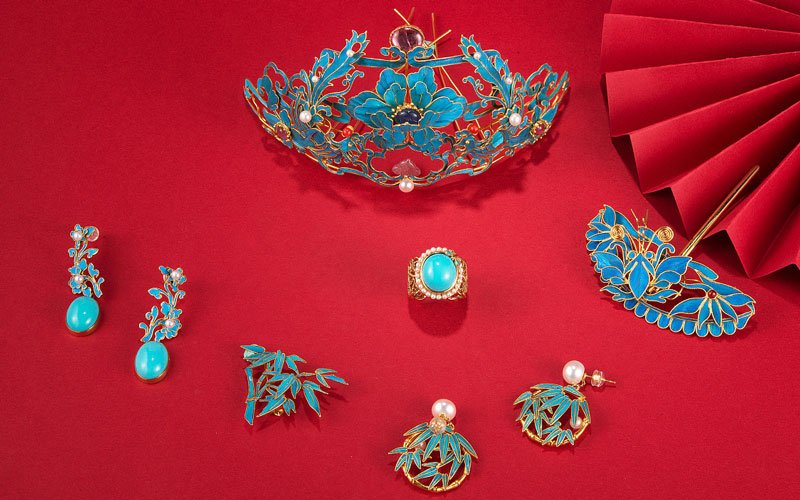

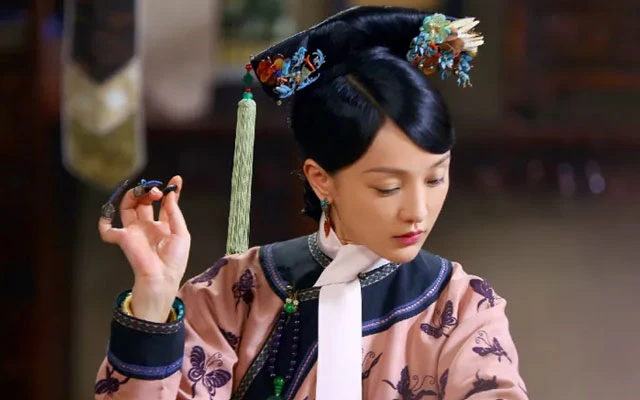
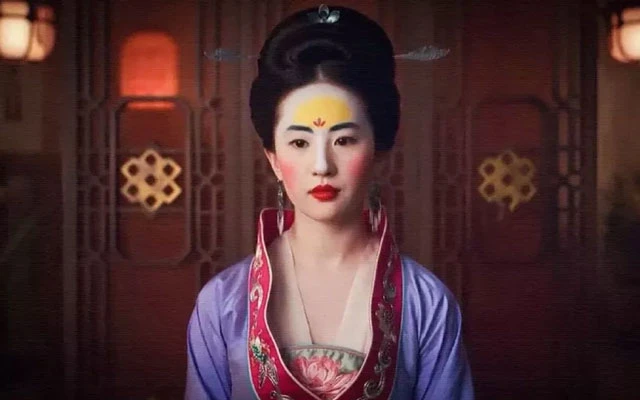
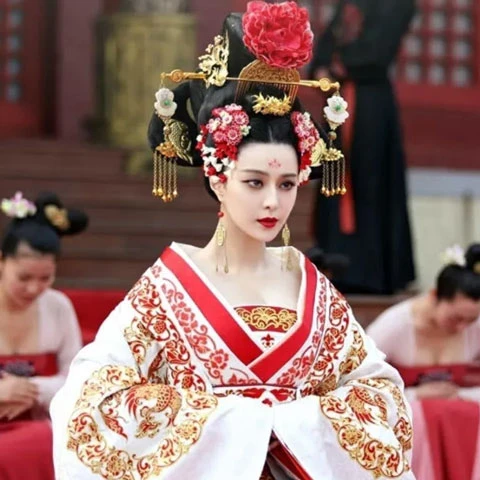
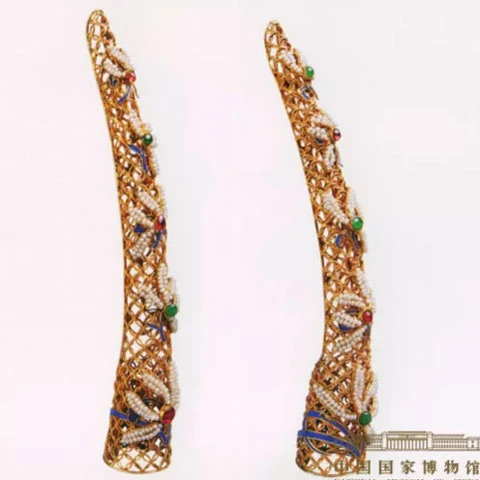
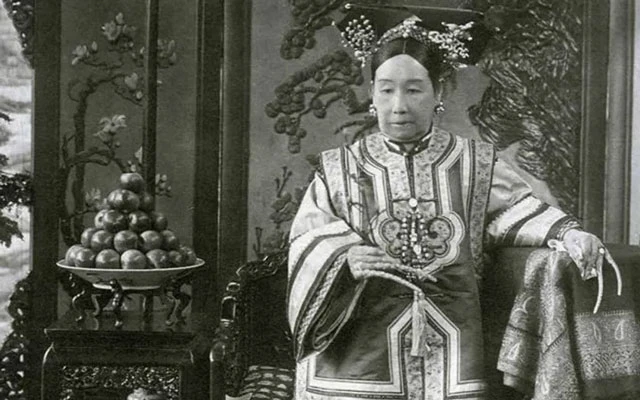
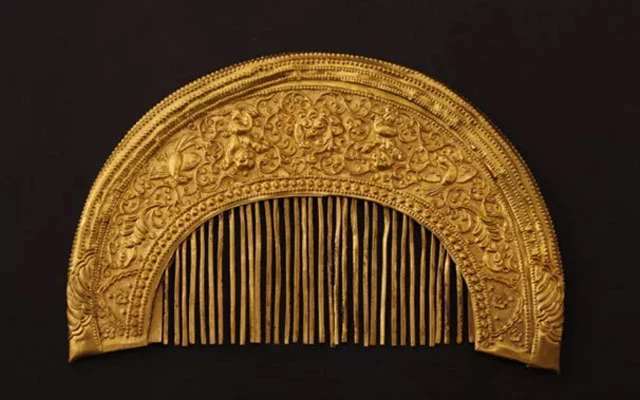
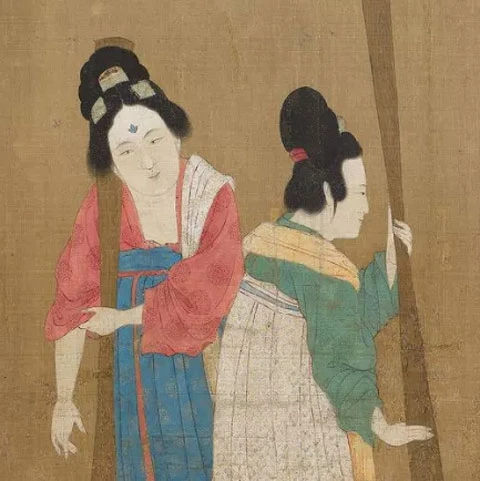
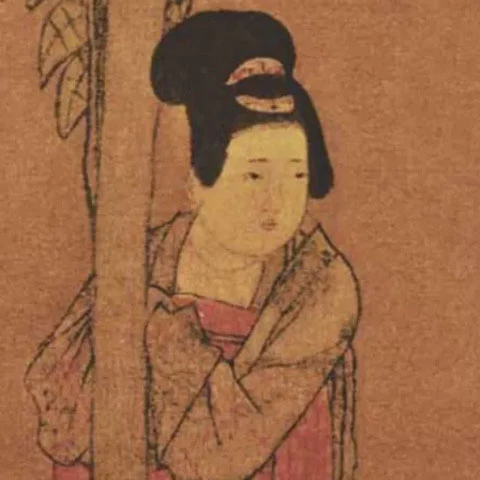

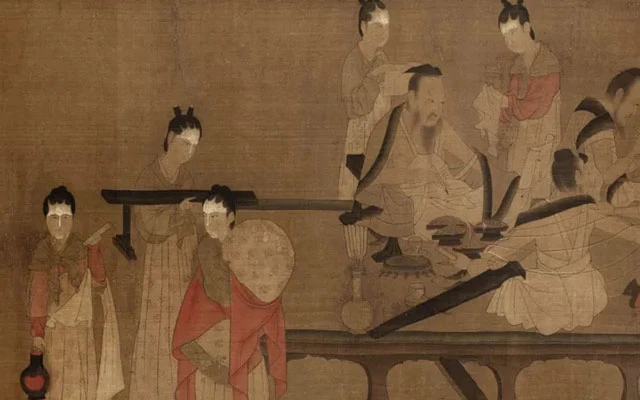
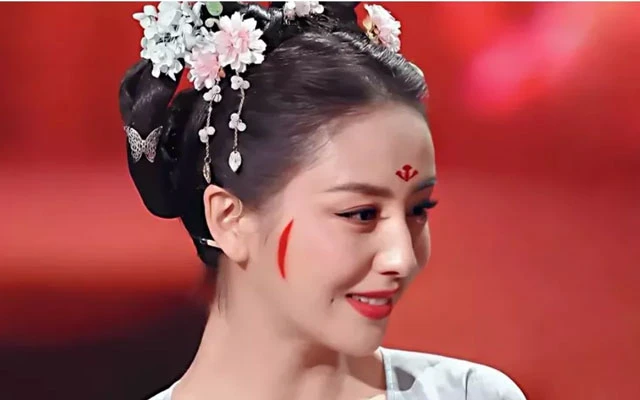
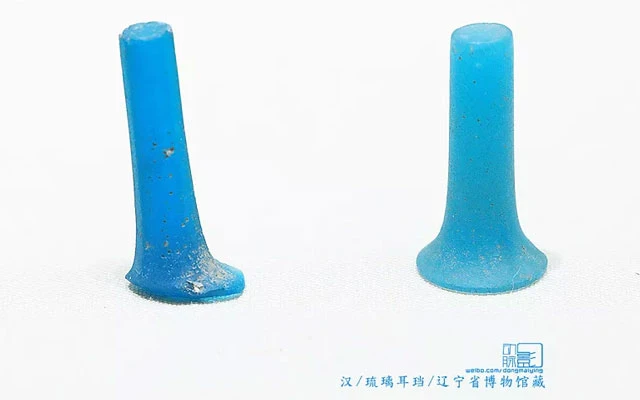
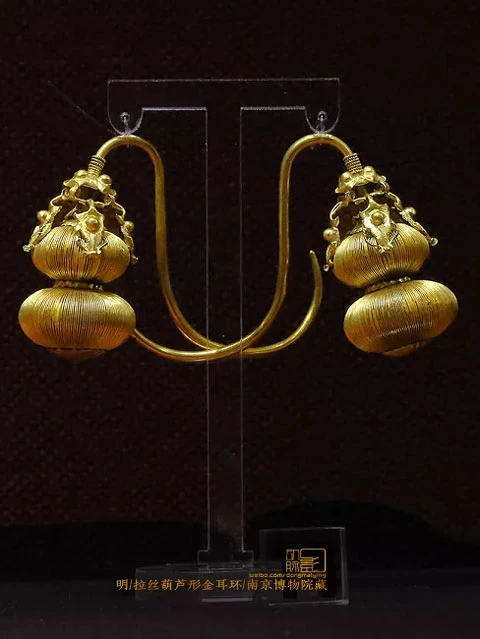
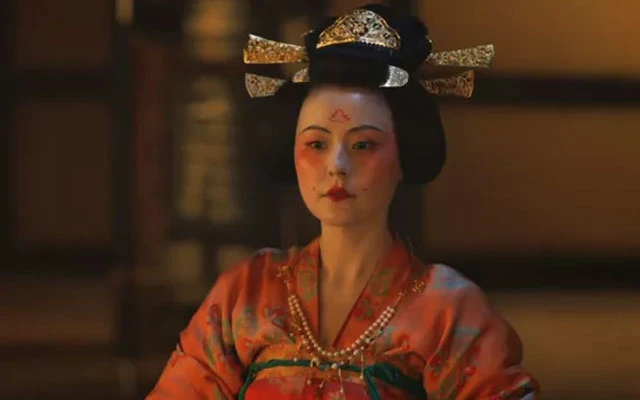



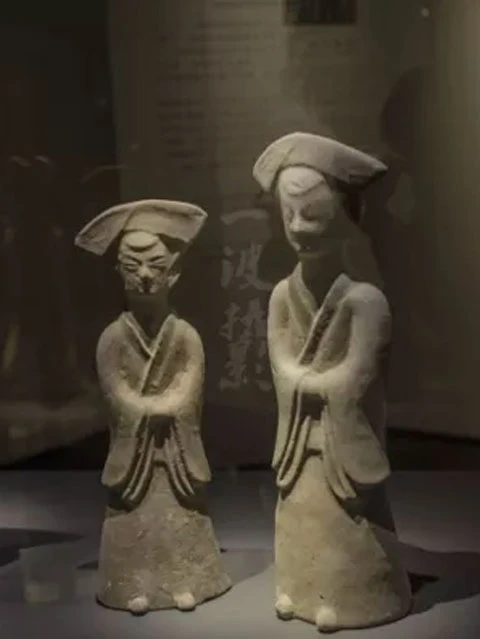
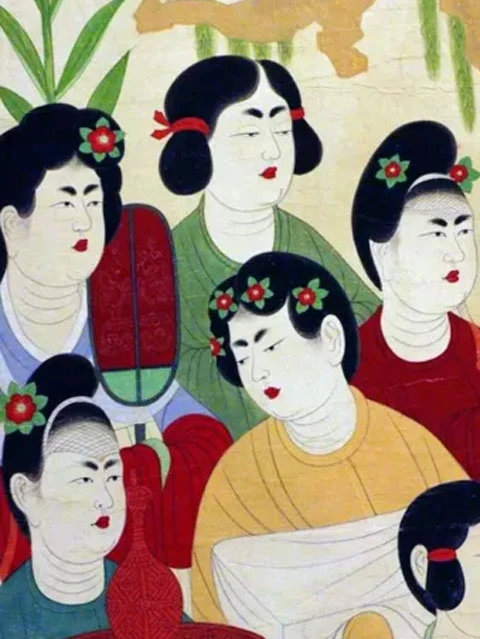
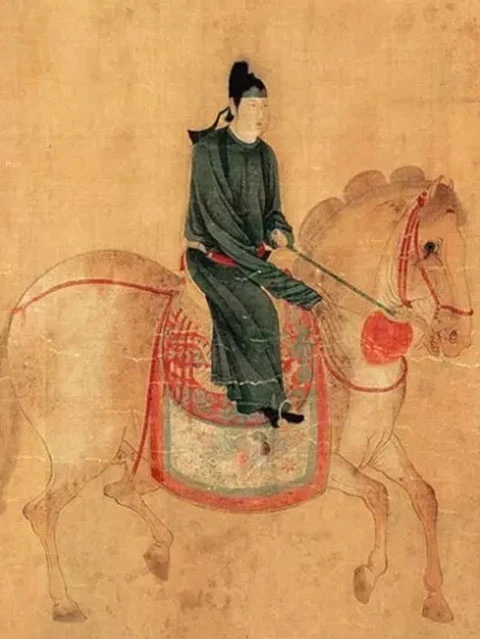
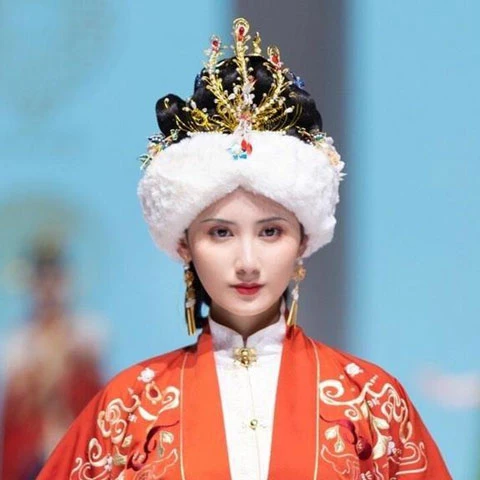
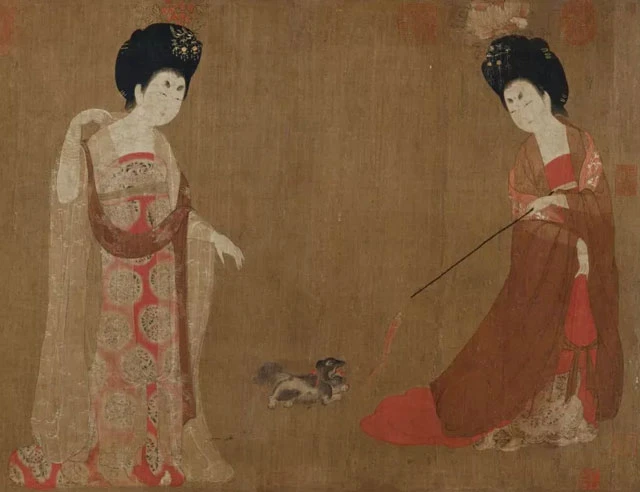









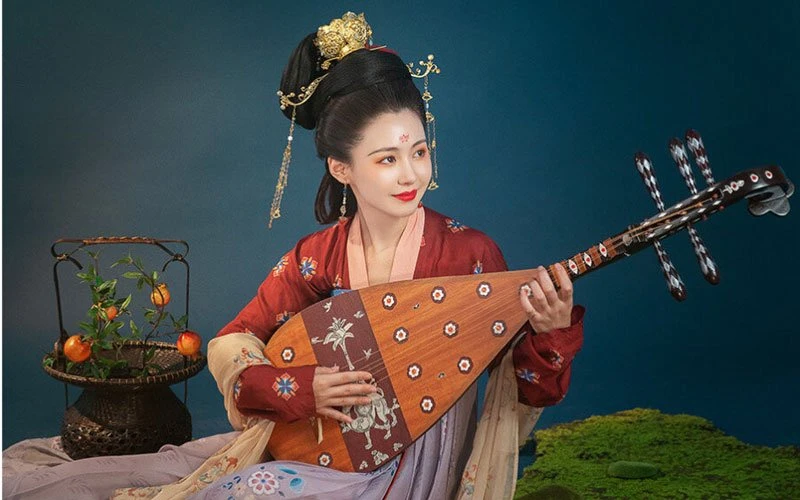

May I know what zanzi is this or where did you find it? I'd love to know more about it!
*whispers* Buddha makeup is basically ancient highlight.
👍👍👍
Klasik tapi bergaya
Song headdress will always be the most beautiful in my heart!
The classics live forever👍
New knowledge!!